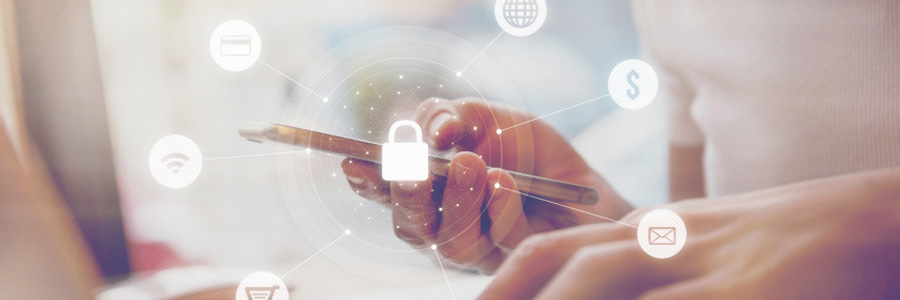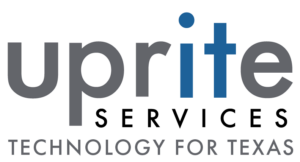
When it comes to the best security routines, the chain is only as strong as its weakest link. This can make big organizations especially vulnerable, because complex structures offer more opportunities for a security breach.
This can in turn lead to huge digital bureaucratic structures that hamper daily operations with inefficient procedures, and paradoxically create even more loopholes that can be exploited.
Smaller structures may have less options to worry about, but the damage incurred if the attacker gains foothold in only one security step of such environment can bring on catastrophic results.
There are, however, steps that you and your business can take to make sure security threats are met head on – and this requires being proactive.
Being Paranoid is Being Safe
Every security drill must start with the importance of selecting proper passwords. Yes, the core advice is simple – do not tell your password to anyone – but the reality is far more complex than this, and it all boils down to vulnerability of human factor.
Both employees and business owners, even administrators overseeing security measures can fall prey to gullibility and laziness. People often can’t be bothered to change a password, to write down (another potential risk) long combinations of letters and numbers, different for each login, and just love using simple, relatable generic phrases – a hacker’s dream.
If you’re starting to get paranoid, you’re on the right track. It comes with being aware of the risk involved. Thinking about security is quite similar to being on a gun range, where the importance of following proper steps and check-ups is emphasized each time, no matter how much experience you have.
Checked if the gun is loaded? Well, check again, treat it as if it can load itself magically. Same with passwords. If you think there’s no way somebody got ahold of the combination that worked for months, you should have changed it weeks ago.
Expertise does not Equal Trust
Kevin Mitnick, the most infamous hacker in history, gained fame for breaking in seemingly closed systems. His vast networking expertise did not help him one bit when making this happen – employees of the hacked companies did the work for him.
They conflated expertise with authority: they were approached by a man who seemed to know a lot about how technology works, so when he asked for specific hardware details, they complied without doubting. And if there’s anything this article can teach us, it is to doubt everything and everyone, especially ourselves.
Companies of today are housed in smart buildings, with complex security routines, keycards, cameras and identification measures, but the main benefit of the digital age is interconnectedness, and employees live on social networks where the boundary between personal and private life can get very blurry.
Business Device is not a Home Entertainment System
Good jobs come with perks, which are often tech-related. Workers get issued top of the line hardware, from smartphones to laptops. After the office closes, they wish to relax, check their personal email (which often shares its password with the business one), or watch a movie.
So they click on attachments for latest discounts, plug in USB drives that their family members use, and the laptop itself soon becomes a trojan horse that has all the permissions on the company network. Furthermore, the BYOD (Bring Your Own Device) concept that some employers harbor often has very lax security measures, since cutting costs becomes a priority.
RDP and VPN: Acronyms for Safe Remote Work
Savvy companies can reduce the risk by teaching their workers to use Virtual Private Network (VPN) when accessing corporate network from home, and a good IT department takes care of configuring it beforehand, rather than leaving this step to a regular employee.
Nothing should be left to chance, and issued equipment should be used only for business purposes. It is a secure handshake between worker and employer, still gaining in popularity.
Remote Desktop Protocol, or RDP, is a method which enables to user to log on to a distant office machine and safely use it from home environment. When properly set up it can not only increase efficiency but also prevent intruders from intercepting sensitive data. Both methods can be used together if the need arises.
Optimization of Access
Digital infrastructure greatly benefits from easy access to procedures which enhance and optimize old business models. Modern companies must have online presence to conduct operations, and this can be a disadvantage if their security measures are not firmly defined.
The goal here is to create a model that combines daily security procedures with lean bureaucracy that does not interfere with everyday tasks. Employees must feel valued, and making them aware of the pressing IT problems should aim to raise awareness about the importance of the work they’re doing rather than feel like just another chore.
This way the entire company structure can benefit, and most importantly – stay safe.

Stephen Sweeney, CEO of of Uprite.com, with 20+ years of experience brings tech and creativity together to make cybersecurity simple and IT support seamless. He’s on a mission to help businesses stay secure and ahead of the game!

